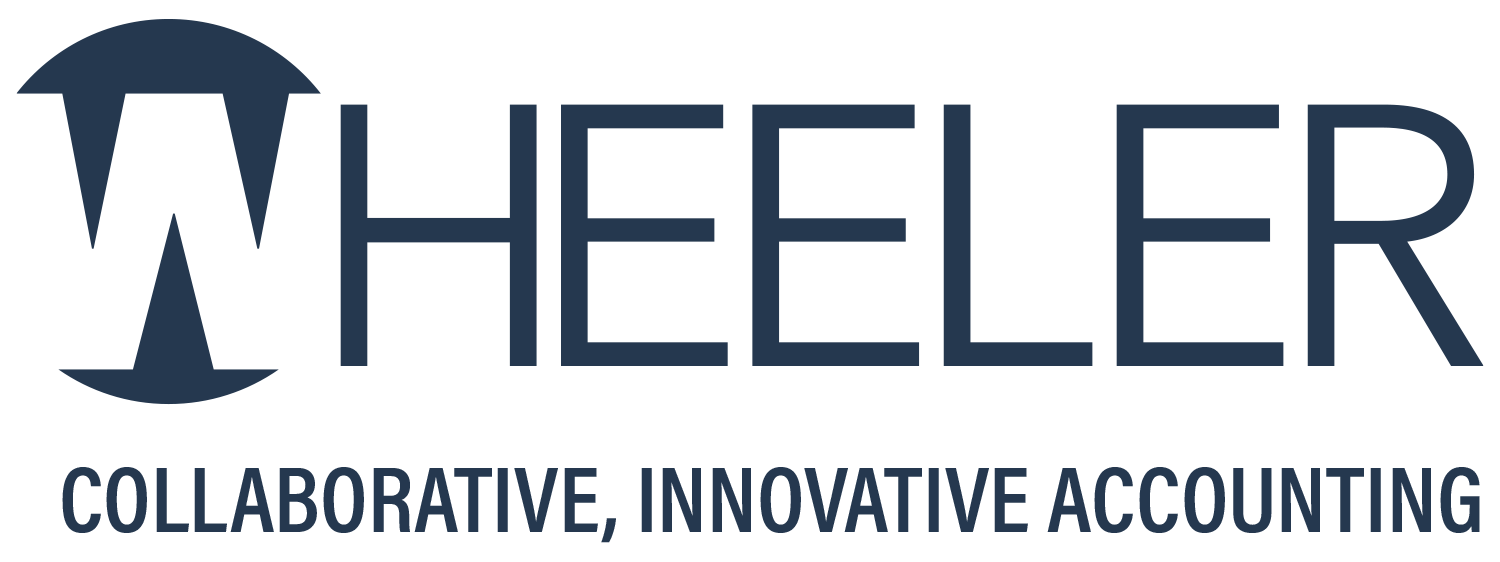
Companies without a disaster recovery or business continuity plan need only consider the aftermath of recent hurricanes and wildfires. News reports estimated property damages from Hurricane Helene alone last year to be more than $59.6 billion, plus disruption of untold businesses and services.
Disasters such as storms, wildfires and earthquakes are unavoidable. However, companies can protect employees, safeguard data and recover costs through a business continuity plan. This plan reduces losses and speeds up recovery.
What Should Your Plan Encompass?
The complexity of your business continuity plan should align with your company’s size, its location, the nature of your industry and the specific risks you face. Small companies may not need a sophisticated media relations plan. However, plans should prepare for local risks and gather feedback from department heads, including plans for these three areas:
- People. Assign a primary contact and backups to ensure employee safety at work and home. This person should maintain an updated list of employee contact information and be ready to coordinate evacuation if needed. Designate an offsite meeting location and a central contact number for check-ins.
- Information technology. To remain operational after a disaster, back up email, data and software offsite or in the cloud. Cloud services allow you to restore data securely from anywhere, keeping communication open with employees, customers and vendors during recovery.
- Insurance. Regularly review your insurance coverage to confirm it’s sufficient to replace assets, restore operations or relocate if necessary. Consider potential losses, such as lost sales. Check details carefully. Standard policies may not cover certain damages, such as flooding after a hurricane.
Planning Isn’t One and Done
It’s not enough to create a disaster plan. You also need to review, revise and test it periodically. Hold regular fire and other evacuation drills and ask employees to update personal contact information. At least once a year, ensure that your IT backup systems function correctly and that your insurance coverage keeps pace with your business’s value.
By making business continuity an ongoing process, you and your employees will be ready to act should the worst happen. Contact the office with questions.
408-252-1800
Photo by Rosalind Evans from Freerange Stock.
